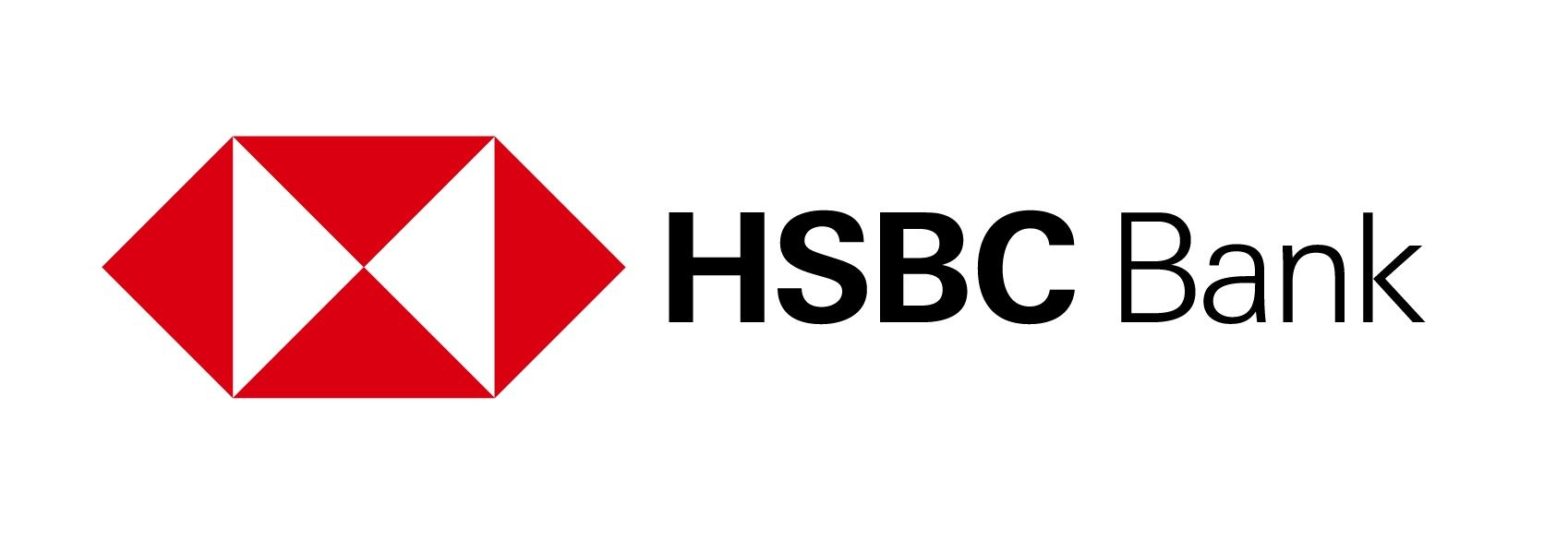Maybe it’s a big hike, maybe a normal hike, ‘but we still think we have more to go’
Publishing date:
Nov 02, 2022 • 1 hour ago • 3 minute read • 8 Comments
Bank of Canada is engaged in a delicate balancing act as it looks to prevent inflation from becoming entrenched while avoiding a sustained recession, said governor Tiff Macklem. Photo by REUTERS/Blair Gable/File Photo Canada’s central bank is engaged in a delicate balancing act as it looks to prevent inflation from becoming entrenched while avoiding a sustained recession, Bank of Canada governor Tiff Macklem said in his opening remarks before a Senate committee on Nov. 1, where he discussed the Bank’s half-percentage point hike in October.
Advertisement 2 This advertisement has not loaded yet, but your article continues below.
“Finally, we are trying to balance the risks of under- and over-tightening,” Macklem said. “If we don’t do enough, Canadians will continue to endure the hardship of high inflation. And they will come to expect persistently high inflation, which will require much higher interest rates and, potentially, a severe recession to control inflation. Nobody wants that.”
Financial Post Top Stories Sign up to receive the daily top stories from the Financial Post, a division of Postmedia Network Inc.
By clicking on the sign up button you consent to receive the above newsletter from Postmedia Network Inc. You may unsubscribe any time by clicking on the unsubscribe link at the bottom of our emails. Postmedia Network Inc. | 365 Bloor Street East, Toronto, Ontario, M4W 3L4 | 416-383-2300
Macklem added that the current aggressive tightening cycle, which had the Bank raising its trend-setting policy rate a total of three-and-a-half percentage points to 3.75 per cent, will draw to a close. However, with the most recent headline inflation readings at 6.9 per cent, he emphasized that the Bank was still not there yet. Evidence of an economic slowdown has begun to crop up, Macklem said, which informed October’s 50 basis point increase instead of the 75 basis point hike economists had broadly anticipated.
Advertisement 3 This advertisement has not loaded yet, but your article continues below.
The session presented an opportunity for senators to get a better sense of the factors behind the Bank’s decisions. Independent senator Pierrette Ringuette asked Macklem about what models the central bank was using that would indicate it was approaching the highest possible rate before the country would teeter into a recession.
While Macklem pointed to the central bank’s forecasts, which are telegraphing that gross domestic product increased 1.5 per cent in the third quarter compared with a previous estimate of two per cent, he was not able to provide a number as he said the information changes constantly.
“I’m not going to give you a number,” Macklem said. “I’m not going to give you a number because we take these decisions each time as we move forward with the best available information. And I’m not going to give you a number now because … we’re going to get more information before our next decision. It’s going to be a better-informed decision.”
Advertisement 4 This advertisement has not loaded yet, but your article continues below.
Both Macklem and senior deputy governor Carolyn Rogers pointed to the housing sector as the first to buckle under the weight of these outsized rate hikes. Rogers pointed to high household debt levels and a greater portion of income that would have to go to servicing this debt as a pressure point that would weigh on the economy.
“Certainly … as more of your income goes to your mortgage payment, it does weigh on the economy,” Rogers said. “But we’ve factored that into our forecast.”
The economics thought leadership team at the Royal Bank of Canada estimates that Canadian households will soon have to allocate 15 per cent of their take-home pay just to debt servicing, with at least half of that estimate attributed to mortgage costs.
Advertisement 5 This advertisement has not loaded yet, but your article continues below.
Recommended from Editorial Is the Bank of Canada reaching the end of its rate raising cycle? Kevin Carmichael: Why Tiff Macklem is willing to risk a recession to crush inflation Everything you need to know about the Bank of Canada rate hike Macklem warned that with high inflation and recession risks on the horizon, Canada runs the risk of repeating the same mistakes of the 1970s, when severe stagflation set in.
“I think we do have that risk, and that’s an important reason why we move rates up very rapidly,” Macklem said. “But we are starting to see the effects. We’ve now moved rates up rapidly, and in our judgment, we went 100 (basis points), we went 50 (basis points), but we felt 50 was appropriate.”
“I think looking forward … we have indicated that interest rates need to go up and maybe that’s another bigger-than-normal step, or maybe we can go down to more normal steps. But we still think we have more to go.”
Listen to Down to Business for in-depth discussions and insights into the latest in Canadian business, available wherever you get your podcasts. Check out the latest episode below:
• Email: shughes@postmedia.com | Twitter: StephHughes95
